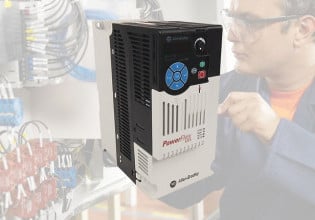Hello gents,
I am working with GE heavy duty frame 5D (MS-5002D) turbines at our plant. I have the manuals for operating the turbine but I can't find any documents that summarize and include all turbine alarms and trips. Can anyone please help and send me such documents for this model or similar models. Thank you in advance!
I am working with GE heavy duty frame 5D (MS-5002D) turbines at our plant. I have the manuals for operating the turbine but I can't find any documents that summarize and include all turbine alarms and trips. Can anyone please help and send me such documents for this model or similar models. Thank you in advance!






